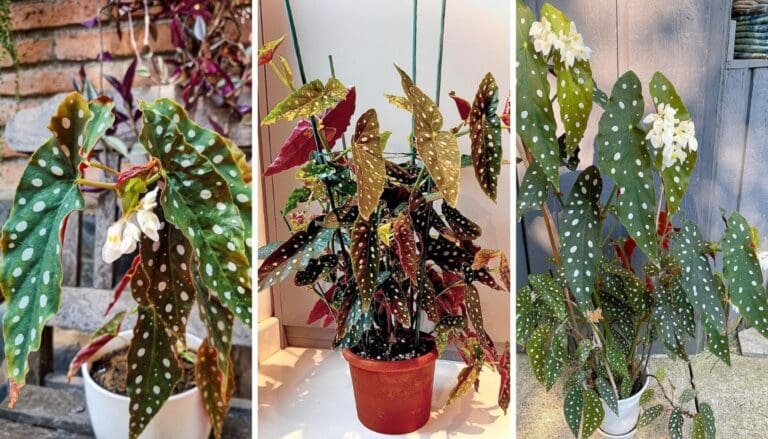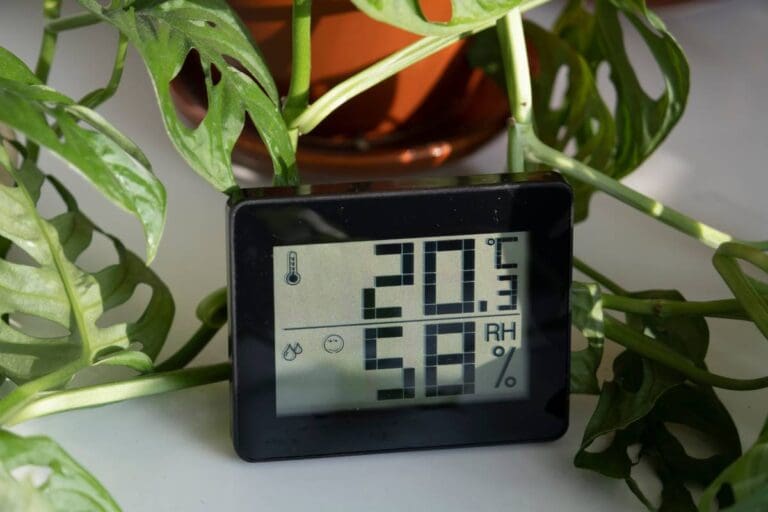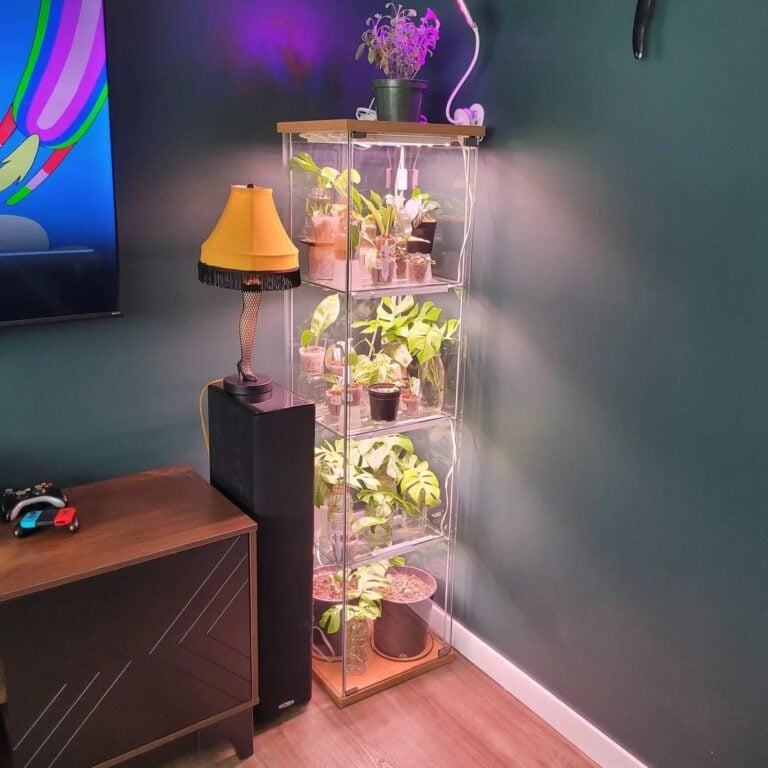5 Things You Must Do for Your Plants Before October
As the weather starts to cool down, it’s time to get my plants ready for the change. Taking care of them early can make a surprising difference in how healthy they are later.
I’ve learned that a few simple steps now will help my plants stay strong through the fall and winter. Planning ahead means I’m less likely to forget something important.
By following the right tips before October, I can set up my garden for a great season.
Please note: Simplify Plants is reader-supported. Some links in the post are affiliate links and I get a commission from purchases made through links in the post.
1) Prune dead or damaged branches
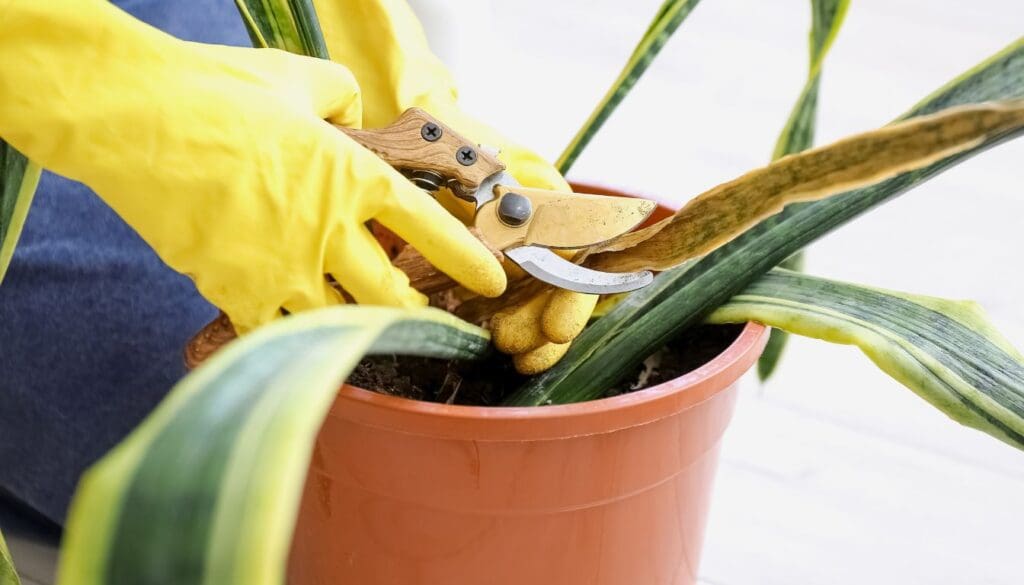
When fall is around the corner, I check my plants for dead or damaged branches. Weak branches just stress the whole plant if I leave them on.
By cutting them off, I help my plants stay healthy. I use sharp, clean clippers—makes for a better, cleaner cut.
I always cut just above a healthy bud or branch. If I see branches that look brown, mushy, dried out, or cracked, I remove them.
Removing these parts helps stop disease from spreading. Sometimes branches get tangled or rub together, so I prune those too.
It gives the plant space to breathe and lets more sunlight and air reach the good parts. I try not to cut too much at once—just the unhealthy or weak bits.
If I’m not sure, I’d rather wait. Better to be careful than to overdo it.
I always clean my tools with alcohol before and after pruning. That way, I don’t spread germs from plant to plant.
Pruning at the right time and with clean tools just feels safer.
After pruning, I check the base of my plants and pick up any fallen leaves or branches. Into the trash they go—less chance for pests or disease.
Pruning doesn’t have to be scary. With a little care, my plants look and feel better.
Healthy branches mean a stronger plant that’s ready for the colder months ahead.
2) Apply a slow-release fertilizer

I always try to use a slow-release fertilizer for my plants before fall. This kind of fertilizer gives nutrients slowly, so my plants aren’t overwhelmed.
I pick a fertilizer that matches my plants—flowers, veggies, trees, whatever I’ve got. The label usually says what it’s good for.
It’s important to follow the instructions on the package so I don’t overdo it. When I apply the fertilizer, I spread it out on the soil, not right on the stems or leaves.
Then, I water well so the fertilizer soaks in. Slow-release fertilizers help my plants store up energy.
This extra boost helps them grow strong roots and get ready for winter. I usually do this once in early fall.
If I’m not sure which fertilizer to buy, I just ask at my local garden center. A little advice can save a lot of trouble.
I always check the weather before fertilizing—dry day, maybe right before a light rain. The rain helps the fertilizer get into the soil.
Applying a slow-release fertilizer before October really helps my plants get ready for colder months. It’s a simple step, but it goes a long way for healthy growth.
More isn’t always better, though—I stick to the recommended amount. Too much can actually hurt my plants.
3) Inspect for pests and treat accordingly

I always check my plants for pests before fall hits. Pests like aphids, spider mites, and caterpillars can really mess things up if I’m not paying attention.
I look under leaves and along stems for bugs or sticky stuff. If I see holes, weird leaves, or webbing, pests are probably around.
When I spot a problem, I act quickly. Sometimes just spraying the leaves with water works for small pests.
For tougher cases, I use mild soap and water. If that doesn’t work, I’ll look for safe insecticides made for gardens.
I follow the instructions carefully. I also trim any really damaged leaves or stems—getting rid of the bad parts helps stop pests from spreading.
I try to check my plants every week. Regular checks help me catch problems before they get out of hand.
Keeping tools and pots clean matters too. Dirty tools can spread bugs.
I avoid harsh chemicals when I can. Natural treatments are usually safer for my plants and for good bugs like bees.
If I’m not sure what pest I’m dealing with, I look up photos online or ask someone at the garden shop. Being watchful now saves me from headaches later.
4) Mulch around the base to retain moisture
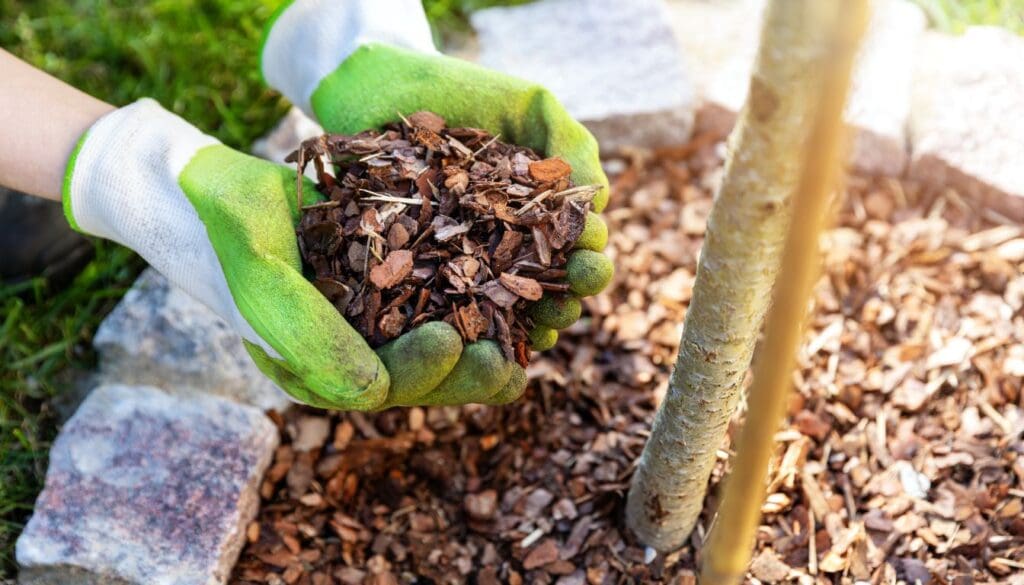
I always spread mulch around the base of my plants before October. Mulch helps the soil hold onto water so I don’t have to water as often.
I use shredded leaves, bark, or straw—whatever’s handy. A layer about 2-3 inches thick is enough.
I make sure to keep mulch a few inches away from the stems. If it touches, it can cause rot or attract pests.
Mulching helps keep soil temperature steady, so roots don’t get shocked by sudden changes. I notice fewer weeds popping up when I mulch, which is a nice bonus.
Adding mulch before the cold weather helps protect my plants’ roots. The soil stays moist longer and the plants seem happier.
I check the mulch every few weeks—wind and rain can move it around, so I top it off if needed. Mulching is easy, but it really makes a difference for my plants in the fall.
5) Bring sensitive plants indoors before frost

When cold weather is on the way, I always bring my sensitive plants inside. Succulents, tropicals, and some herbs just can’t handle freezing temps.
I check the weather for the first expected frost date. It’s important to act before it gets too cold—frost can do a lot of damage fast.
I look for signs a plant needs extra care, like soft stems or browning leaves. Ferns, begonias, orchids—those are especially sensitive.
Before bringing plants in, I check for bugs and gently wash the leaves. No one wants surprise pests in the house.
I also trim off any dead or damaged leaves. Space is always tight, so I clear a sunny spot by a window and use trays to catch water.
If a plant’s gotten big, I might prune it a bit so it fits better indoors. I keep them away from cold drafts and heating vents—sudden temperature swings aren’t great for them.
Moving plants inside can shock them, so I try to do it gradually. Maybe bring them in for a few hours at first.
This helps them get used to less light and lower humidity. Once they’re inside, I cut back on watering—most need less in cooler weather.
Too much water can cause root rot. Watching my favorite plants grow all winter is honestly one of my favorite things.
Taking these steps keeps them safe until spring rolls around.
Why Pre-October Plant Care Matters
Getting my plants ready before October really helps them stay healthy through the colder months. The steps I take now make a noticeable difference in how well they grow and survive.
Understanding Seasonal Plant Needs
Plants act differently as the days get shorter and the air gets chilly. I notice most of mine slow their growth in fall.
Some start saving energy, while others prepare to go dormant. Before October, I check which plants are sensitive to cold.
Tender plants, like basil and some flowers, can die if I don’t protect them. Hardy plants like shrubs and trees handle it better, but they still need some care.
I adjust how much water and fertilizer I give each plant. Overwatering or feeding too much in fall can hurt roots.
I prune away dead or dying leaves, making sure pests don’t have a place to hide.
Impact on Long-Term Growth
Good pre-October care means stronger, healthier plants next year. If I skip these steps, plants might get weak or not make it through winter.
Cutting back dead stems, cleaning soil, and adding mulch help roots survive cold snaps. I cover or move potted plants indoors if they’re at risk of frost.
This way, they’re safer and ready to regrow quickly in spring. I’ve found that plants treated well in fall bloom bigger and look greener later.
Giving attention now leads to less work and better results.
Preparing Your Garden for Colder Months
As fall gets closer, I always tweak how I care for my plants. It helps them handle the chill and stay healthy into spring.
Adapting Watering Routines
Watering needs shift as the weather cools. I notice the soil stays moist longer, so I water less.
Too much water can cause root rot, especially in the cold. I check the soil with my finger—if the top inch is dry, it’s time to water.
I water early in the day, not at night. That way, leaves have time to dry and I avoid fungal problems.
For outdoor pots, I make sure water can drain out. Grouping pots together saves time and helps them stay warmer.
Here’s my quick list:
- Check soil moisture before watering
- Water in the morning
- Reduce watering frequency
- Move pots with drainage holes together
Adjusting Fertilization Schedules
Fertilizing routines change in late summer and early fall. Plants slow their growth, so I cut back on fertilizer.
If I overfeed now, it can stress them and make them weak for winter. I switch to a balanced or low-nitrogen fertilizer if I use any at all.
High-nitrogen mixes make soft growth that cold snaps can damage. I set a reminder for the last feeding—usually by late September.
A few tips I keep in mind:
- Stop or reduce fertilizers as growth slows
- Use low-nitrogen formulas for stronger stems
- Don’t fertilize dry or stressed plants
- Always read the label
Frequently Asked Questions
I try to get my plants ready for cooler weather by tackling the big things—pruning, fertilizing, and checking soil health.
These steps really help my garden stay healthy and make the switch from summer to fall a lot smoother.
What preparations should I make for my garden as fall approaches?
I always prune dead or damaged branches—it’s just one of those things that sets the stage for healthier growth next season.
Checking each plant for pests is a must, and if I spot anything, I try to tackle it right away.
Applying a slow-release fertilizer feels like giving my garden a little boost before the cold sets in.
How can I best protect my plants from the cooler weather coming in October?
I mulch around the base of my plants, hoping it keeps the soil from getting too chilly too quickly.
For my more sensitive plants, I just move them indoors before frost can do any real damage.
What are the essential garden maintenance tasks to complete before the Autumn season?
Pruning, fertilizing, and mulching are always on my checklist.
I make a point to inspect my plants for any sneaky signs of disease or insect trouble.
Which plants should I consider planting before October for optimal growth?
Cool-season crops like lettuce, spinach, and kale tend to do best if I get them in the ground before October.
Honestly, they seem to love the cooler weather.
I also like to plant spring bulbs now, just to get a jump on next year.
How can I ensure my garden’s soil is ready for the colder months ahead?
After cleaning up fallen leaves and pulling weeds, I’ll mix in compost or mulch to improve soil health.
Testing my soil helps too—sometimes it needs a bit of lime or fertilizer to stay in good shape through winter.
Can you suggest some tips for transitioning my garden from summer to fall?
I usually begin by removing summer annuals that have finished blooming.
Then, I’ll trim back any plants that have gotten a bit wild over the summer.
Refreshing the mulch is a good idea too—it just helps everything look tidier and keeps moisture in.
Before those first chilly nights hit, I like to water deeply. It seems to help the plants handle the colder temps a bit better.
Recommended Garden Supplies
| Product Image | Our Recommended Gardening Supplies | Check Offers! |
|---|---|---|
Top Top
Top
Top
Top
Top
Top
Top
Top | rePotme Houseplant and Tropical Classic Potting Soil Mix | Check Offer On Amazon |
 Top
Top
Top
Top
Top
Top
Top
Top | Espoma Organic Indoor Plant Food | Check Offer On Amazon |
 Top
Top
Top
Top
Top
Top
Top
Top | GooingTop LED Grow Light 6000K Full Spectrum Clip Plant Growing Lamp | Check Offer On Amazon |
 Top
Top
Top
Top
Top
Top
Top
Top | Soil Moisture Meter | Check Offer On Amazon |
 Top
Top
Top
Top
Top
Top
Top
Top | Govee Hygrometer Thermometer, Bluetooth Enabled! | Check Offer On Amazon |
 Top
Top | LEVOIT Humidifiers for Large Room(Best For Plants) | Check Offer On Amazon |
 Top
Top
Top
Top
Top
Top
Top
Top | Upgraded DIY Automatic Drip Irrigation Kit, 15 Potted Houseplants Support | Check Offer On Amazon |
 Top
Top
Top
Top
Top
Top
Top
Top | Stainless Steel Heavy Duty Gardening Tool Set | Check Offer On Amazon |
 Top
Top
Top
Top
Top
Top
Top
Top | Bonide Insecticidal Soap | Check Offer On Amazon |
 Top
Top
Top
Top
Top
Top
Top
Top | Bonide 32 oz Spray Neem Oil for Organic Gardening | Check Offer On Amazon |
 Top
Top
Top
Top
Top
Top
Top
Top | Garden Safe Fungicide | Check Offer On Amazon |


